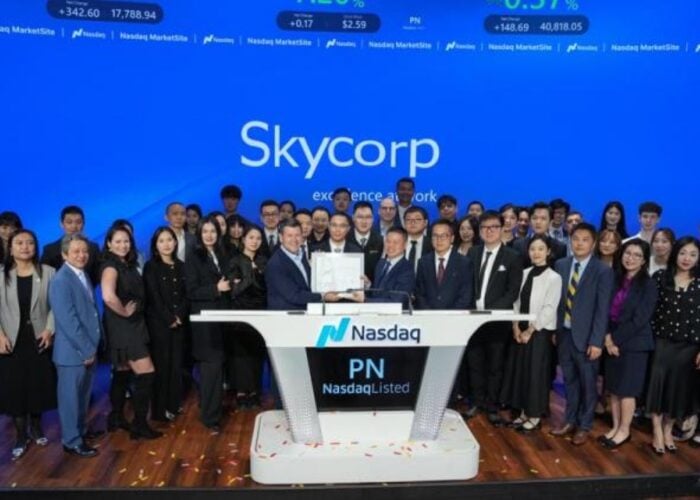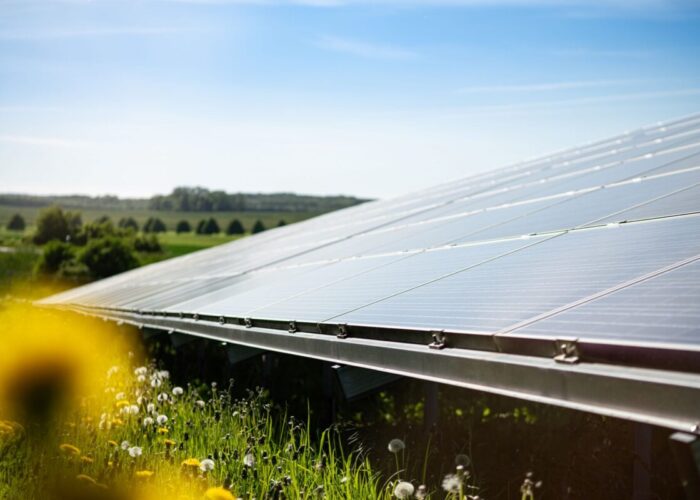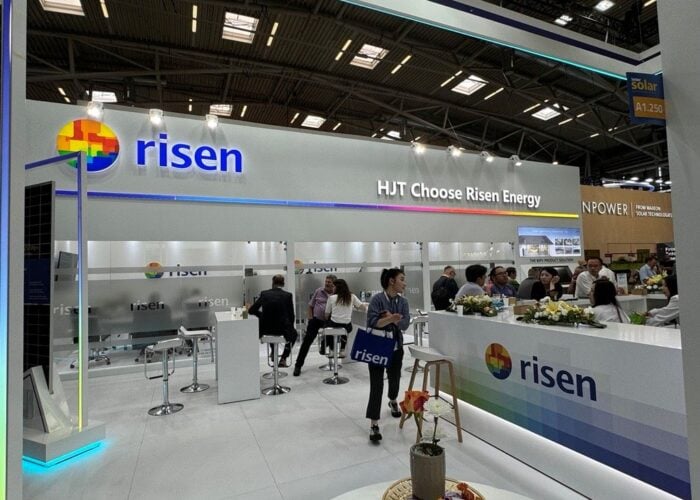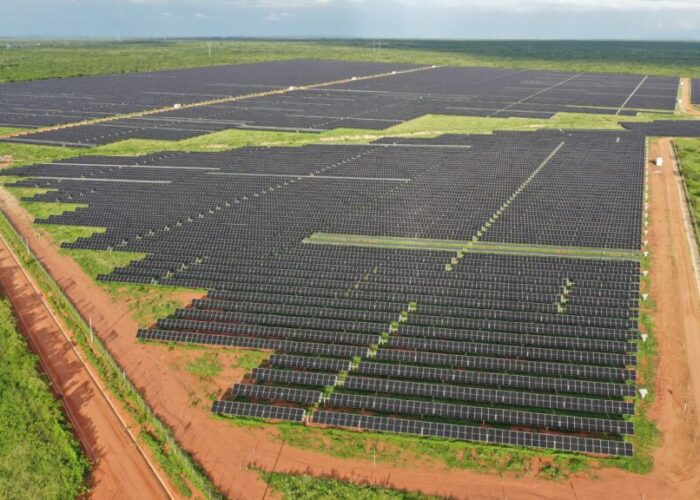In 1854, Matthew C. Perry – the Commander of the US Navy – compelled Japan to openup to its economy to foreign trade, after more than 200 years of a self-imposed isolation policy enforced by the ruling Tokugawa Shogun. The Commander arrived in Japan with four black-coloured US Navy warships, billowing black smoke. Later the term ‘Black Ships’ would be coined in Japan to symbolize any threat imposed by Western technology.
Some Japanese PV observers have now adopted the phrase‘Black Ships’ to describe the entrance of foreign PV companies – module, inverter makers and project developers – into the Japanese market, which, for a long time, had been represented solely by domestic suppliers including Sharp, Kyocera, Panasonic (Sanyo) and Mitsubishi Electric.
Unlock unlimited access for 12 whole months of distinctive global analysis
Photovoltaics International is now included.
- Regular insight and analysis of the industry’s biggest developments
- In-depth interviews with the industry’s leading figures
- Unlimited digital access to the PV Tech Power journal catalogue
- Unlimited digital access to the Photovoltaics International journal catalogue
- Access to more than 1,000 technical papers
- Discounts on Solar Media’s portfolio of events, in-person and virtual
In 2009, the Japanese government initiated new policies to revitalize the nation’s PV market. And as European markets began showing first signs of demand fall-off, foreign companies started looking at Japan as a new, untapped market opportunity.
First, China’s Suntech entered into the Japanese residential PV market. Now, around 40 foreign module companies – from Germany, India, Korea, Taiwan, China, Singapore and US – have established a presence in Japan. In 2011, close to 20% of the domestic PV demand was met by price-competitive, imported modules.
To gain access to the Japanese market, Suntech first acquired a Japanese module maker – MSK. Other public-listed Chinese c-Si producers have followed this trend, with Canadian Solar and Trina establishing sales subsidiaries in Japan: while JA Solar, Yingli and SunPower have all entered into agreements with Japanese distributors or system integrators to take advantage of their partners’ brand-recognition or local market intelligence.
While SunPower originally entered into the Japanese PV market exclusively via Toshiba’s distribution network to address the residential segment, the company now plans to expand its portfolio of partners to access the emerging non-residential segment opportunity.
As the domestic Japanese PV market had historically been dominated by the residential segment, the downstream channels are currently comprised of hundreds of small local electricians and installers who sell and install packaged PV systems, offered through domestic PV module makers. The start of the new FIT in July – aimed at accelerating grow thin the non-residential segment – poses a new opportunity (and challenge) to system integrators and project developers that can design/engineer, construct, and/or finance large system deployment.
The world leading PPA provider – SunEdison – also quickly set foot in the Japanese market, taking advantage of (parent-company) MEMC’s presence. SunEdison has formed a partnership with a rising Japanese PV installer – Westholdings – to develop about 250 large-scale PV systems.
So Japan has definitely started to experience an influx of foreign PV companies. And – not surprisingly – there have been discussions about whether the ratepayer-funded, new FIT program may end up supporting non-domestic companies, indicative of the threat posed by foreign companies. However, at the same time, many domestic downstream channel players have formed partnerships with non-domestic companies to provide cost-competitive PV systems, learn new business models, and further expand their businesses.
It remains to be seen whether this ‘globalization’ or ‘Black Ship’ PV event will have a positive or negative impact on the Japanese PV industry. But considering Japan’s strong requirement for alternative energy to reduce the dependency on nuclear power after the devastating disasters last March, the country will need all the help it can get from both domestic and non-domestic PV companies in order to accelerate the broad deployment of PV across Japan.







